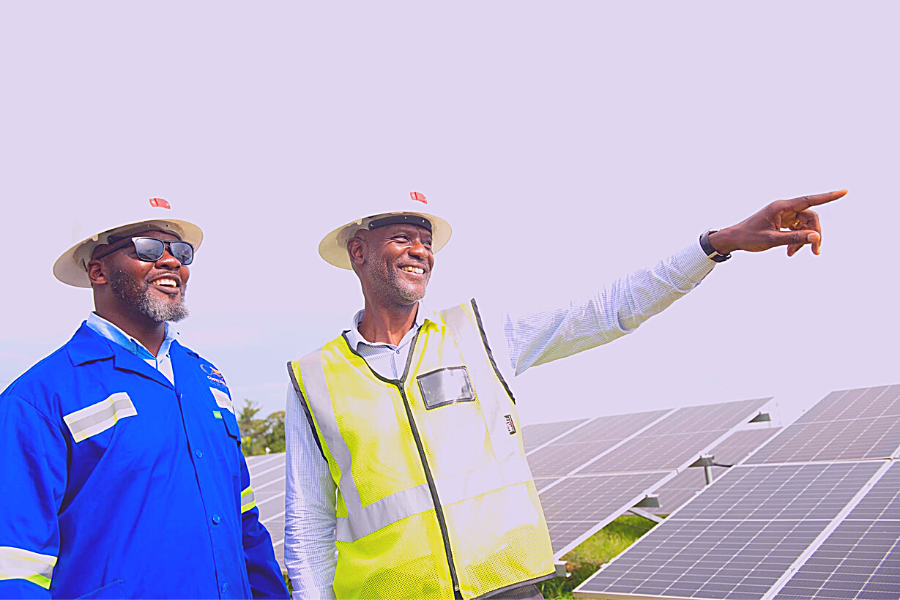Zambian Company Issues $200m Green Bond

Zambian-based power infrastructure solutions provider Copperbelt Energy Corporation Plc (CEC) earlier this month at the sidelines of COP28 announced that it is launching a $200 million bond to finance solar energy development.
According to a company statement, the bond is “a first for Zambia’s capital markets and is expected to attract more green finance in the country.”
CEC Managing Director, and Chief Executive Officer, Owen Silavwe, stated “We are pleased to announce the registration of our US$200 million Green Bond, structured as a programme, whose proceeds will accelerate the actualisation of our ambitions to generate at least 200MW of renewable energy and specifically solar energy with possible storage implementation.”
This bond is in line with the Zambian government’s Green Growth strategy, a blueprint for decarbonizing the economy and the environment via the development of resource-efficient, low-carbon, climate-resilient and socially inclusive infrastructure.
Zambia’s Minister of Green Economy and Environment, Collins Nzovu, speaking at COP28, stated that the government has established two regulatory frameworks to help raise green financing —the Green Bonds Framework issued by the Securities and Exchange Commission in 2019 and the Green Loans Framework issued by the Bank of Zambia.
The $200 million bond offer is broken down into different tranches with the first of $54 million, closing by the end of the year. The bond’s lead arrangers are Cygnum Capital, while the Emerging Africa Investment Fund (EAIF) is partnering with the Absa Group as cornerstone investors. The proceeds from the bond will finance the development of solar generation projects through CEC Renewables, an investment vehicle established by the CEC Group.
Key Role for African Capital Markets
Globally, capital markets are increasingly contributing to green financing as green bonds are now a huge source of financing for clean energy infrastructure. According to Bloomberg, $347.6 billion was raised through the sale of green bonds in the first half of the year. This is a 15.8% increase over the $300.1 billion issued in the whole of 2022. During this period, more money was raised from the issuance of green bonds than from fossil fuel bonds for the first time.
To ensure that African green infrastructure development is on par with the rest of the world, African capital markets need to contribute to financing infrastructure development on the continent. However, issuing these bonds in foreign currencies is quite costly given the macroeconomic conditions in many African nations. There is a need for local currency bond issuance that can be subscribed to by local capital market players like pension funds with long-term capital. Tapping into these markets is vital to improving local financing and lowering the cost of capital for clean energy projects on the continent.
Energy & Utilities - Middle East and Africa Market Outlook Report 2024.
This must-have report for industry players offers a thorough understanding of the latest developments, challenges, and opportunities in the region, supported by data, analysis, and expert insights.








